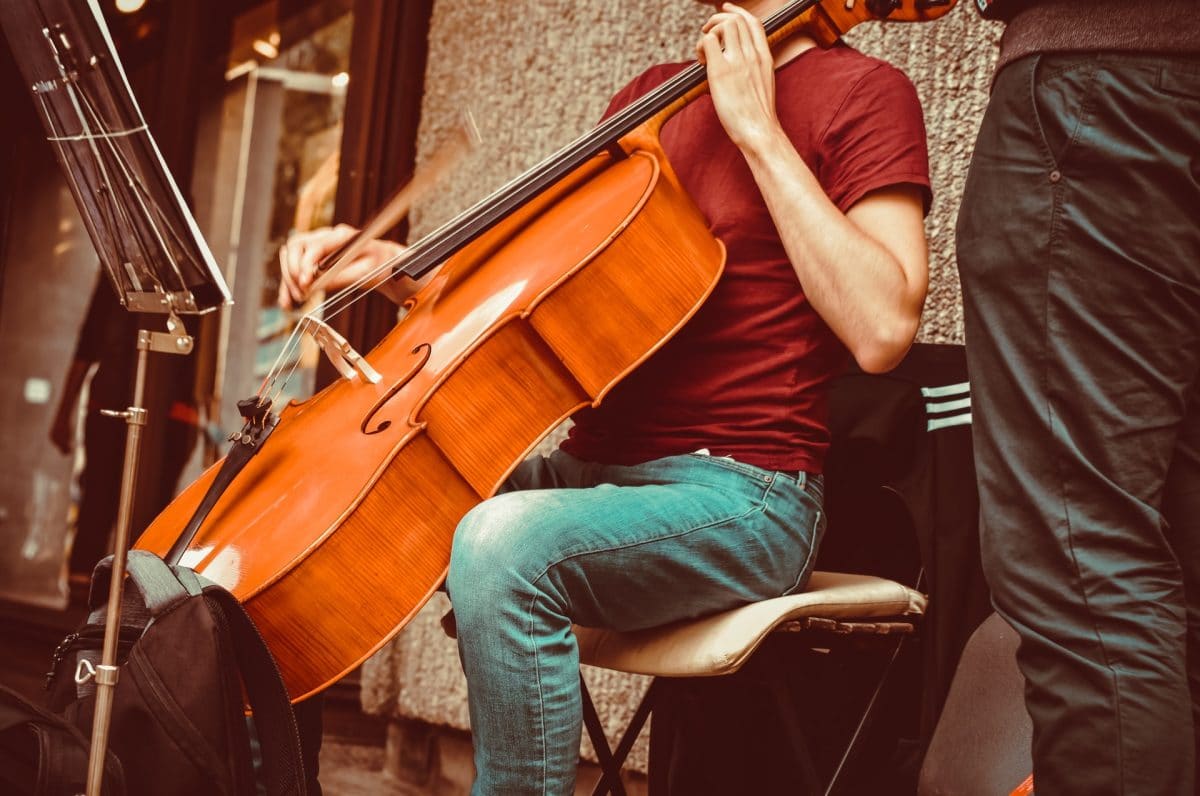The cello is a beautiful instrument. It has a gorgeous timbre and is perfect for nearly any type of music, from classical to jazz. Learning to play the cello can be an amazing experience that teaches you discipline, patience, and how to express your emotions through music. However, it may not be an easy journey for first-time buyers who are completely new to this instrument. This article will cover some helpful tips on buying your first cello as well as what supplies you will need when starting with the lessons.

What to look for when buying your first cello
There are a few things to take into account when buying any instrument. Going through this cello buyers guide will help you make sure to pick the best cello for you. One of the most important is the size of the instrument. You will want to make sure that the cello is the right size for you, as you don’t want it to be too large or too small. You will also want to think about the type of wood the cello is made out of, as this will affect the sound and timbre of the instrument. Finally, you will need to decide how much you are willing to spend on your first cello.
Cello size
It must fit properly because if it doesn’t, you won’t be able to play it well and could even damage your body. If an adult tries to play a child’s cello or vice versa, this can lead to potential injuries such as back problems and pain in the arms and fingers.
Too big and it will be difficult to use; too small and you will not be able to produce proper sound or technique because of how uncomfortable it is holding and playing. The smaller the instrument, the lighter it will be.
Wood selection
The type of wood that your cello is made out of can affect its sound and timbre qualities. For example, some woods are better suited for lower pitches while others are better at producing higher pitches. Your choice in this aspect should depend on your musical tastes as well as what type of music you will be playing. Below is a list of some common wood types and their features:
- Maple – high-pitched sound
- Spruce – brighter, resonant sound
- Cypress – dark tone with less projection
Some cellos may have a standard plastic piece on the endpin rest to avoid damage from scraping against the ground as you play. Yet those who are more serious about their instrument might consider purchasing an endpin stop. This accessory attaches to the bottom of your cello near the spike and prevents scratching as well as slipping because it can grip onto surfaces such as wooden floors or grassy hills.
Price range
Generally speaking, expect to pay anywhere from $100 for a good beginner model that’s suitable for young students to $5,000 for a professional cello that is made by the top luthiers in Italy. However, you can find beginner-level instruments in most major instrument stores for around $500 to $1,000.
Shopping tips
If possible, shop with an experienced musician who has gone through this buying process before so they can help guide you the best. Try out different types of cellos to see which one feels better for your body size and strength. Keep in mind that a cello’s sound can improve with age, but that you will need some extra equipment besides the instrument.
The following list below will provide you with the necessary items needed for studying to play the instrument:
- Music stand -You will need a place to hold your music so it is easily accessible when playing.
- Rosin – Used on the bow of the instrument so it has grip and produces good tone quality when it is scraped across strings.
- String Cleaner – Keeps strings from tarnishing so they don’t produce squeaky noise when being played.
- Bow brush – Gently brushes off rosin build-up on the bow, which keeps both parts working efficiently together.
- Cleaning cloth/Cloth-Like string cleaner, but used for wiping down cello body after playing.
- Polish – Keeps cello’s finish looking new.
- Strings – need to be changed at least twice a year depending on how often the cello is played and cared for.
- Cello bag/case – Protects instrument from weather damage or other hazards that could occur when traveling or moving with it.
- Tuning fork – Helps keep your strings tuned properly, which allows you to play in tune with others.

The cello is a beautiful instrument that can last for decades if you take care of it. Buying the right cello size, wood type and endpin stop will make all the difference in how your experience goes from then on out. If you want to learn more about buying or maintaining one, make sure to take the time and do the necessary research.
- About the Author
- Latest Posts
Whether she is researching the latest trends in home decor, life-changing destination getaways, or the best way to maintain your finances, Dewey takes pride in leaving no stone unturned. She is passionate about distilling and delivering high-quality information that you can use to upgrade your life.

